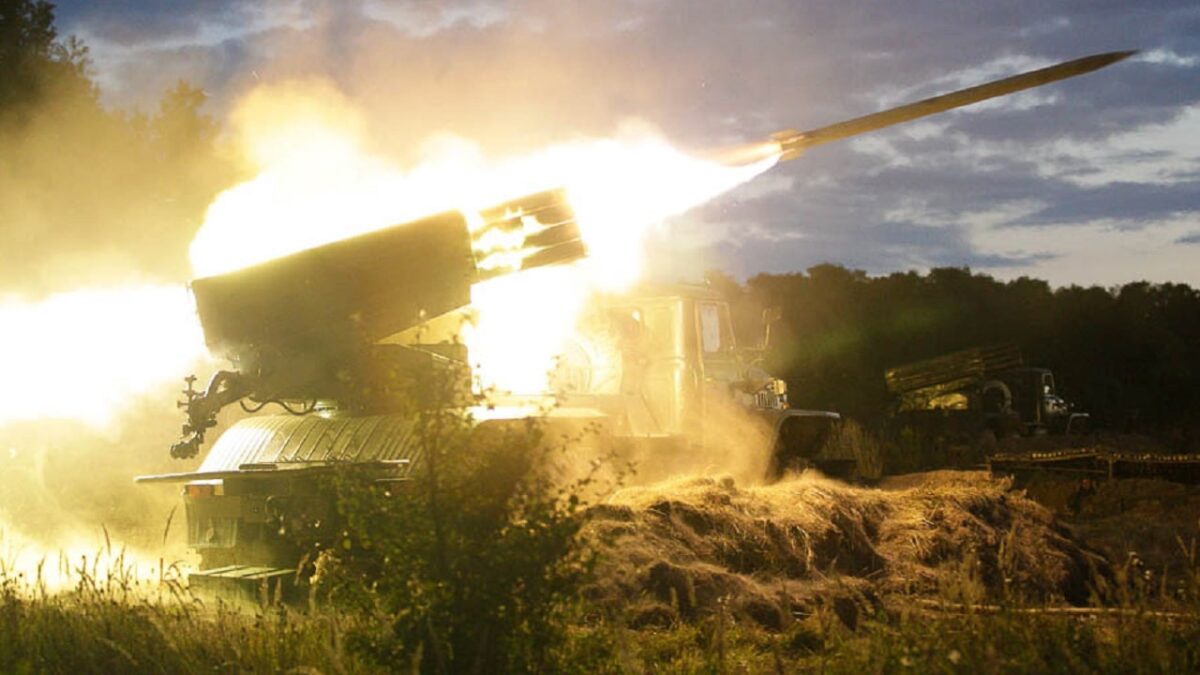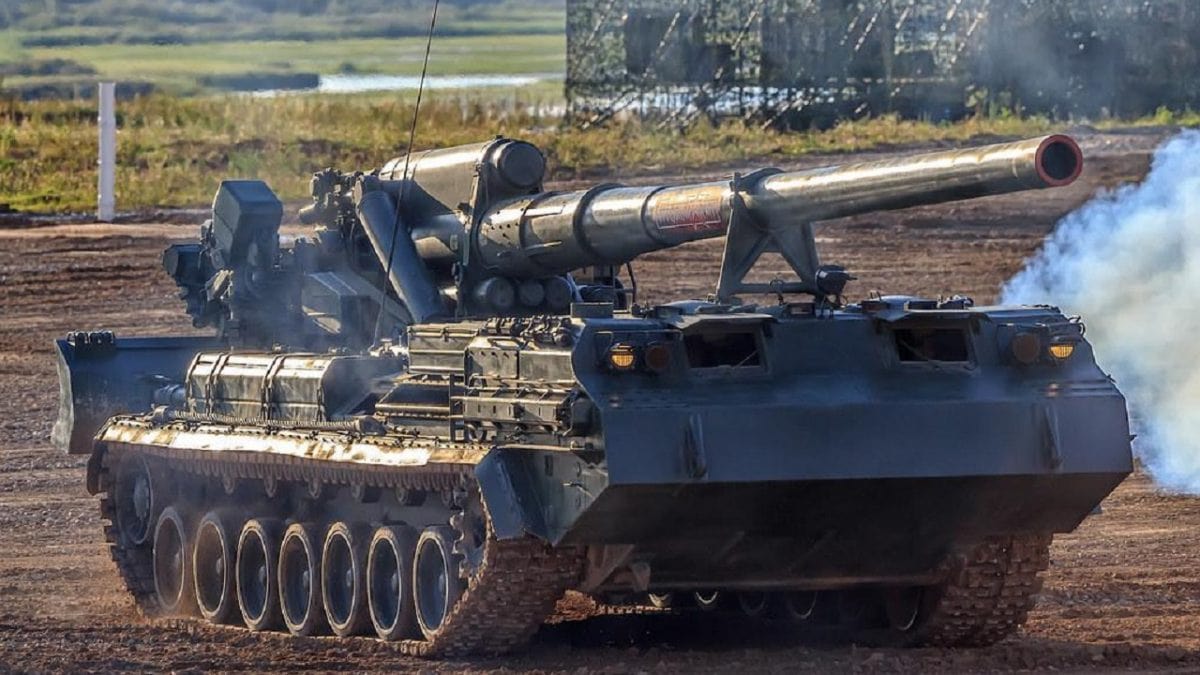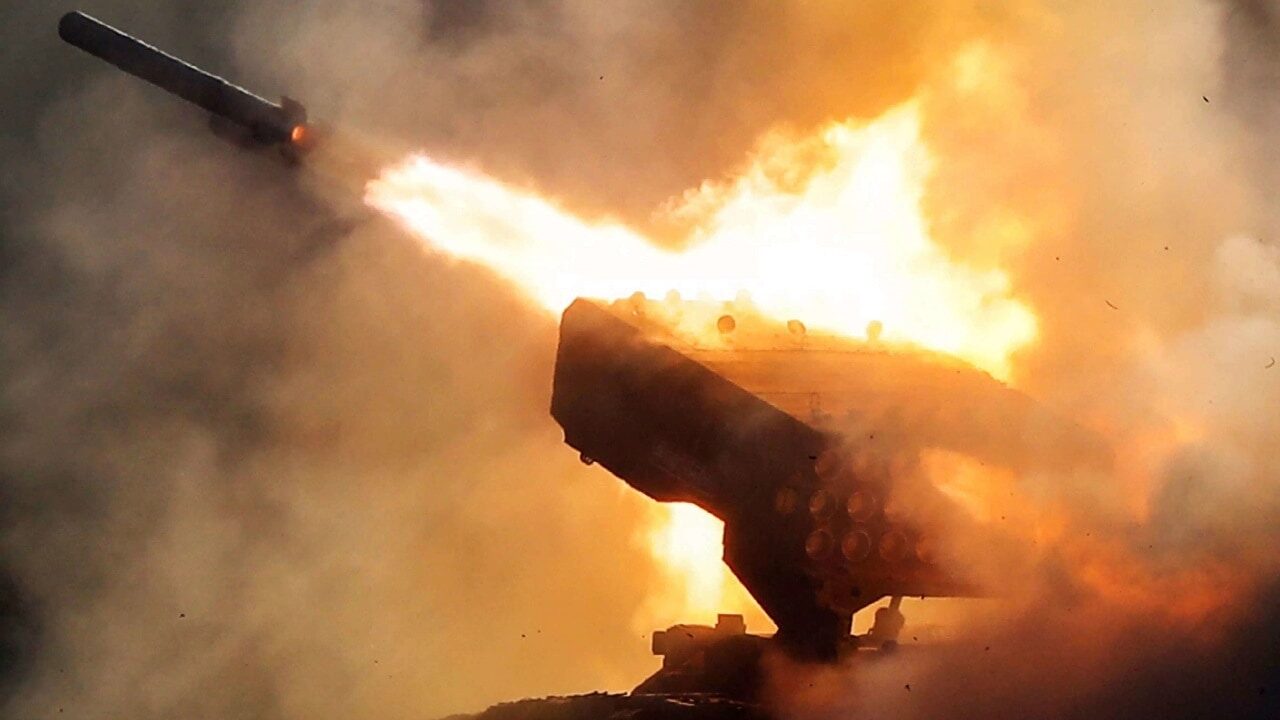Initial Results from the Battle of Donbas and What It Portends for the War’s Next Phase – When Russia redeployed tens of thousands of armored troops from the environs north of Kyiv and Sumy last month to the northern shoulder of the Donbas front, there was concern that the added manpower would produce an armored breakthrough of Ukraine’s lines. However, after almost three weeks of fighting, the Ukrainian troops have held the line.
Russia’s failure to affect a breakthrough represents a noteworthy accomplishment for the Ukrainian Armed Forces (UAF). Whether that initial success can carry Ukraine to an ultimate victory will depend on how several key factors play out in the coming weeks and months. The outcome of both the Battle of Donbas and the Russo-Ukrainian War are very much still up in the air.
What Russia Thought Going In
Russian military authorities likely expected to achieve a breakthrough in the northern shoulder of Ukraine’s defenses in the Donbas by this point – and failed. The reason is that Ukrainian troops continue to exceed expectations on the ground and Russian troops underperform (from inadequate/poor tactical pre-war training). In practical terms, however, the UAF’s successful defense results from the elaborate defenses Kyiv had ordered in the years since 2014.
The defenses in the Donbas include concrete bunkers, mutually-reinforcing positions, interlocking fields of fire, anti-tank mines, and pre-sited artillery targets on likely Russian avenues of approach. These defensive works and schemes have inflicted significant harm to attacking Russian troops and have been primarily responsible for preventing any penetrations thus far. This successful defense, however, has not been cost-free.
Putin Strikes Back
Russia has been pounding the entirety of the 300-mile front with relentless bombardments of heavy artillery, rocket fire, and air attacks virtually nonstop. Putin’s forces have emphasized attacking points south of Izyum, Kramatorsk, Severdonetsk, and Popsnya, pouring incredibly intense volumes of fire on the defenders in these areas. Such attacks have thus far not caused the line to break, but it is crucial to understand the men under this bombardment are not immune to the cumulative effects of so many explosions.
The Impact of Battle in Donbas
One of the most enduring consequences of America’s two-decade war in Afghanistan and Iraq was the soldiers – reportedly numbering over 400,000 – that suffered traumatic brain injuries from too much exposure to the enemy’s grenade, rocket, and mortar fire. The trench warfare of World War I – similar to the Battle of Donbas – inflicted what was known as “shell shock” on the troops by relentless artillery bombardment. On either side of the line, many of the soldiers became mentally incapacitated after too much exposure to the explosions. It is unknowable at this time when – or whether – UAF defenders could succumb to the bombardment and break, but the pressures and stresses are real and significant.
Russian troops, too, are subject to Ukrainian artillery fire, but apparently in lower volumes, and thus cumulatively would seem to have less risk of breaking over “shell shock” effects. But even if Russia does eventually grind down the UAF defenses and capture the Donbas, they will be a spent force and be incapable of continuing further to either take Odesa on the Black Sea coast or strike north to capture Kharkiv. To entertain any possibility of taking either city, Putin will have to do what he has thus far refused to do: mobilize some percentage of his reserve forces.
Russia for Mass Mobilization?
As Russian military expert Michael Kofman has examined in detail, mobilizing the country for open war against Ukraine would be necessary to free up or create new fighting formations to continue the war in Ukraine. Doing so incurs considerable political costs for Putin. But without mobilization, Russia might not capture the Donbas and definitely would not be able to carry the war further.

Russian artillery firing. Image Credit: Creative Commons.
Putin, therefore, is fast coming to a critical decision point: a) hope he can capture the Donbas without mobilization using the troops he has and then declaring victory and ending the war there, or b) conduct national mobilization and add tens of thousands more combat troops to force a breakthrough in the Donbas, and potentially add yet more troops later and then move on Odesa or Kharkiv.
Ukrainian President Volodymyr Zelensky, for his part, has choices of his own to make. Ukraine gets large quantities of increasingly central weapon systems from the West, including heavy artillery, tanks, and long-range air defense missiles. In time, it is possible – though far from certain – that the UAF could develop an offensive capacity with enough new gear and trained troops to switch from defense to offense and attempt to drive Russia from Ukrainian territory.

Russian Military Artillery Piece. Image Credit: Creative Commons.
Suppose Zelensky tries to order an offensive before creating sufficient new units? In that case, however, Ukraine runs the risk of suffering large-scale casualties as the Russian offensives have thus far endured. Ukraine’s most significant advantages presently are the result of prepared defensive positions; moving to the offensive would draw them out into the open, making them vulnerable to Russian armor.
Bottom line: Ukraine has been successful thus far in blocking Russia’s advances in the Donbas, and they will have a solid chance to continue that trend. But it is an open question about how long Ukraine can continue suffering casualties from the heavy firepower Russia pours daily on the defenders. War is ultimately a contest of wills. It remains to be seen who has the stronger will in the Donbas. We also don’t know who can most effectively endure the most casualties and who breaks first. Right now, the war could tilt in either direction.
Now a 1945 Contributing Editor, Daniel L. Davis is a Senior Fellow for Defense Priorities and a former Lt. Col. in the U.S. Army who deployed into combat zones four times. He is the author of “The Eleventh Hour in 2020 America.” Follow him @DanielLDavis1.

